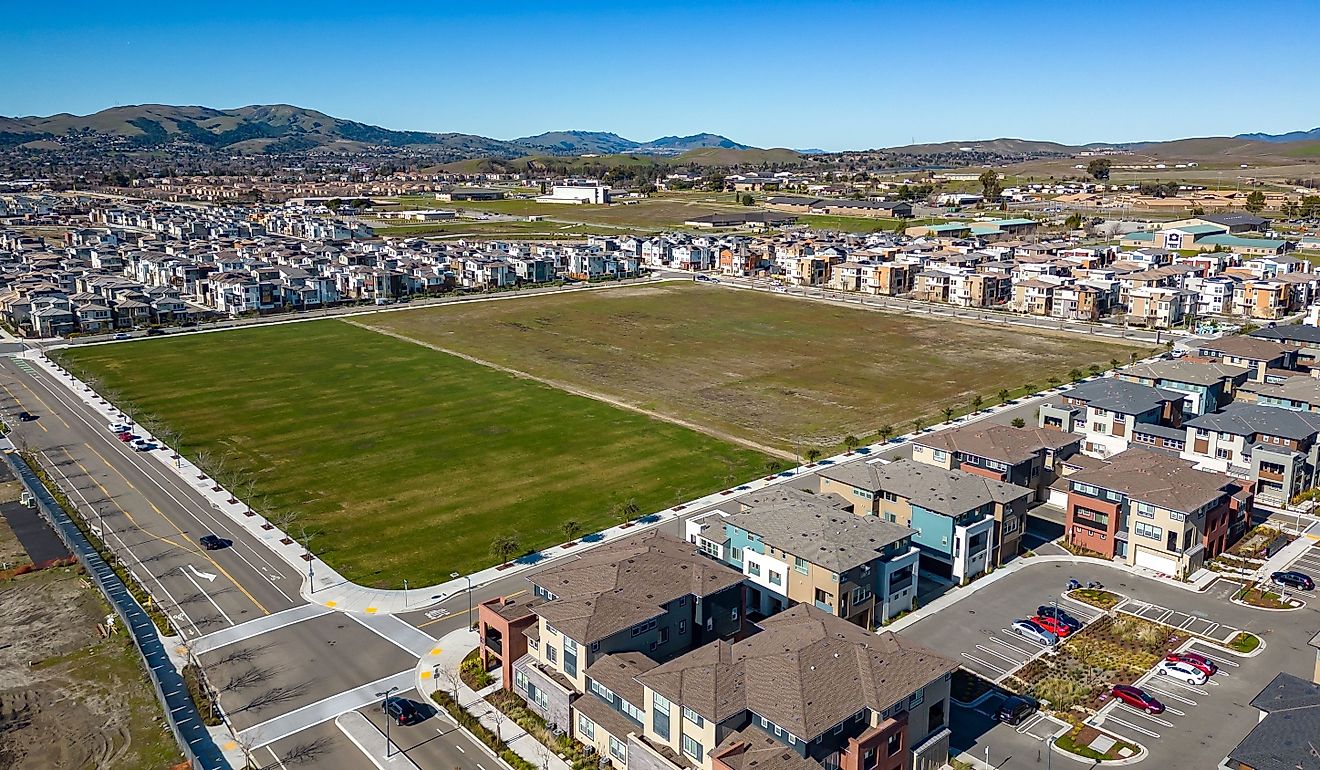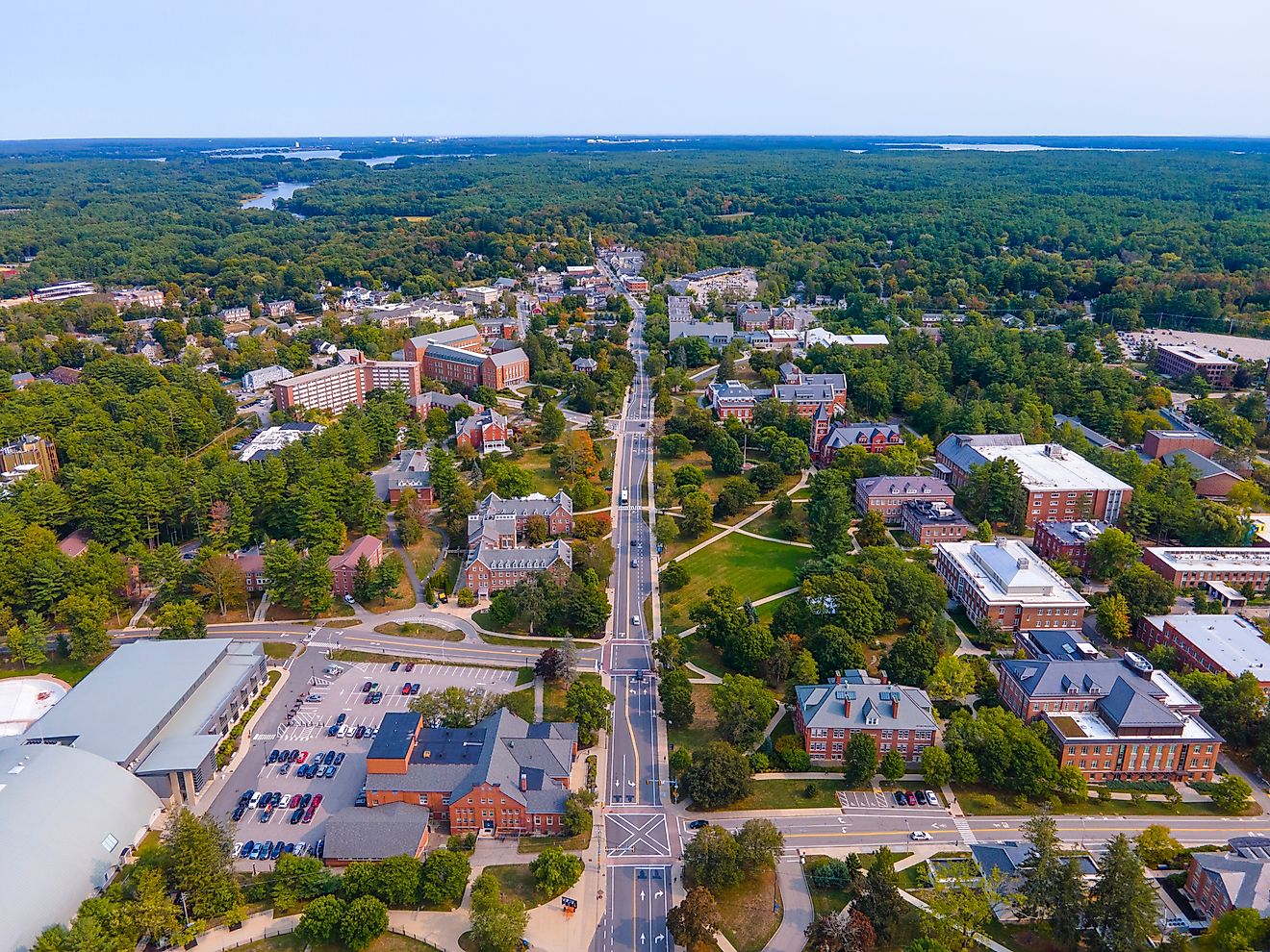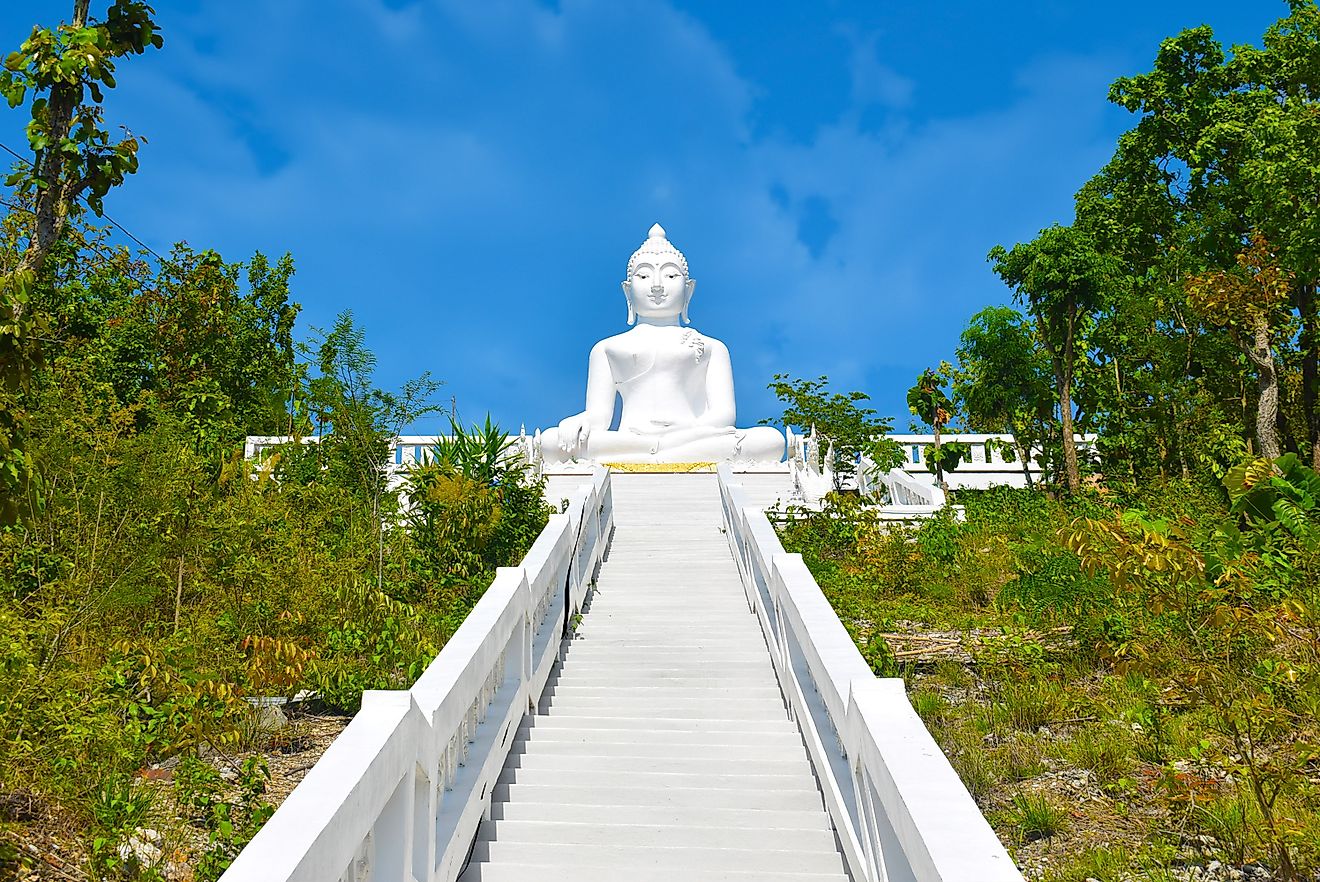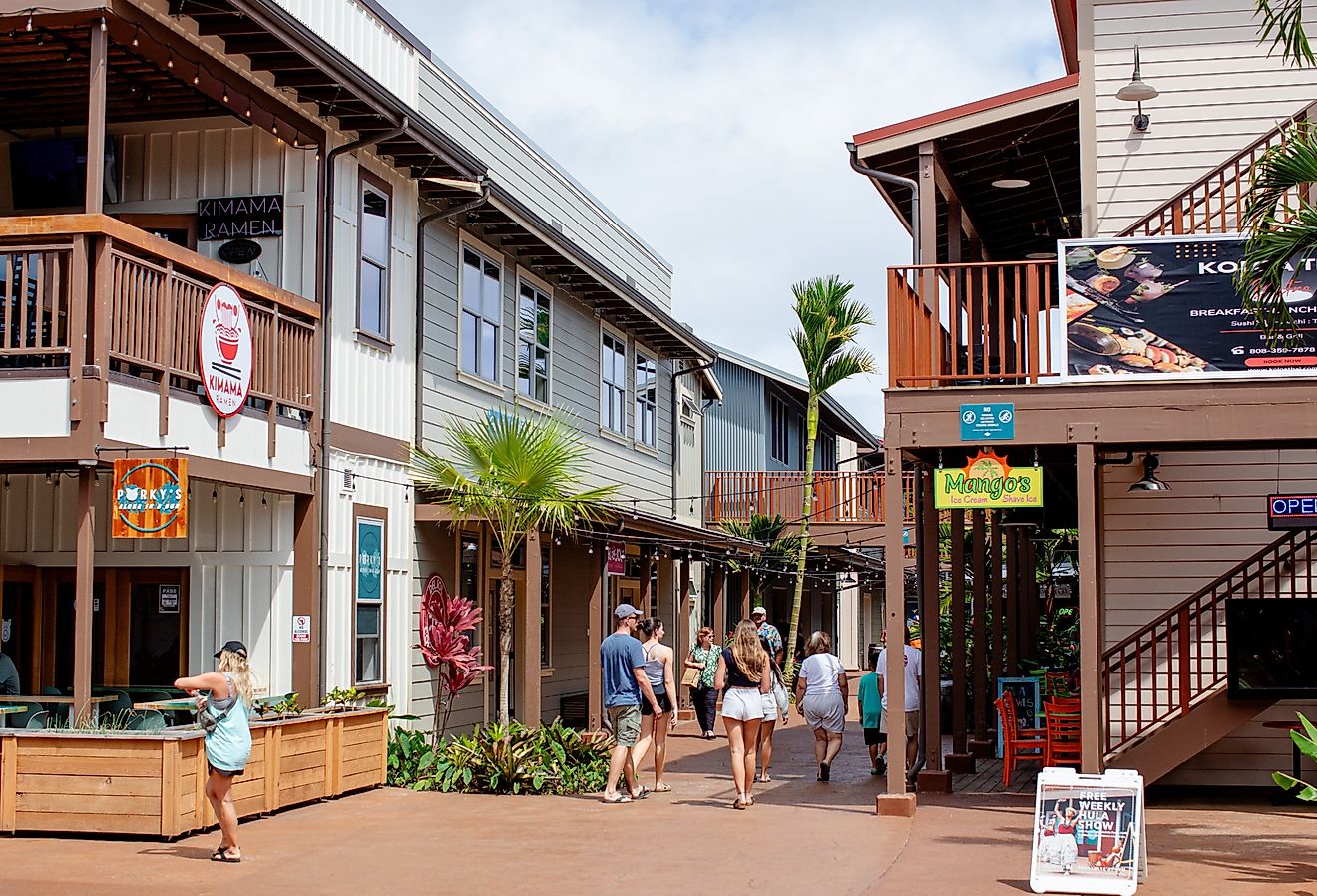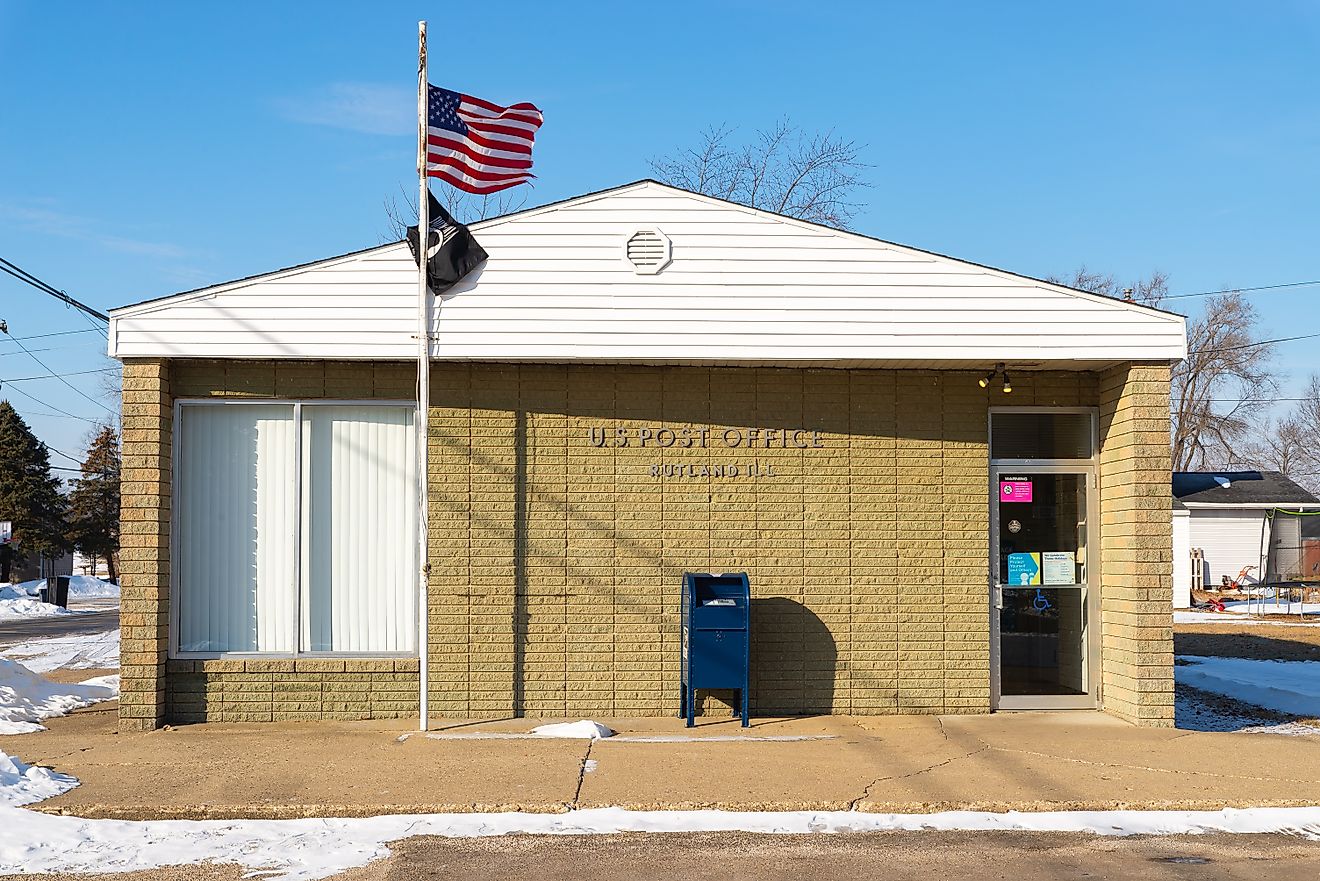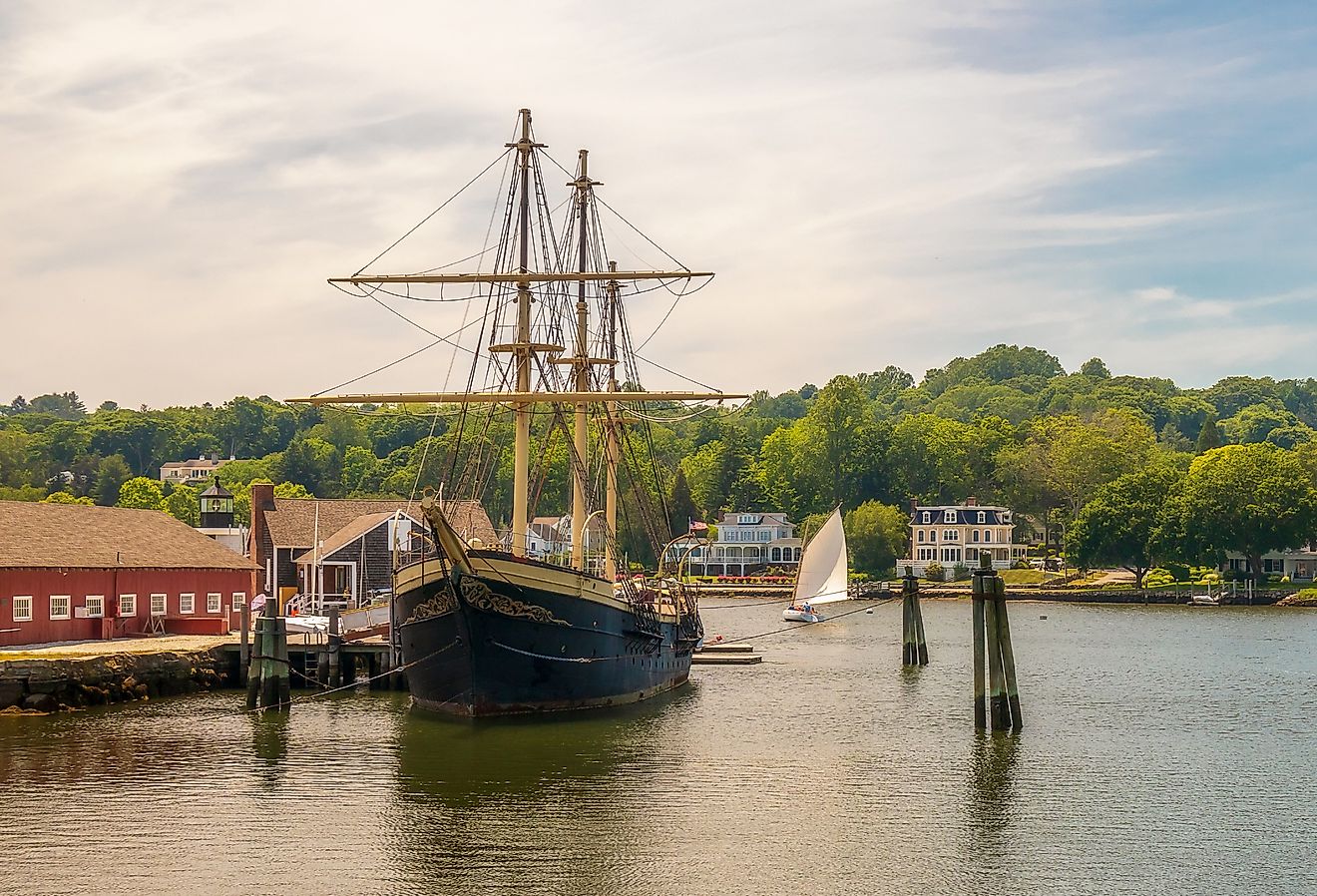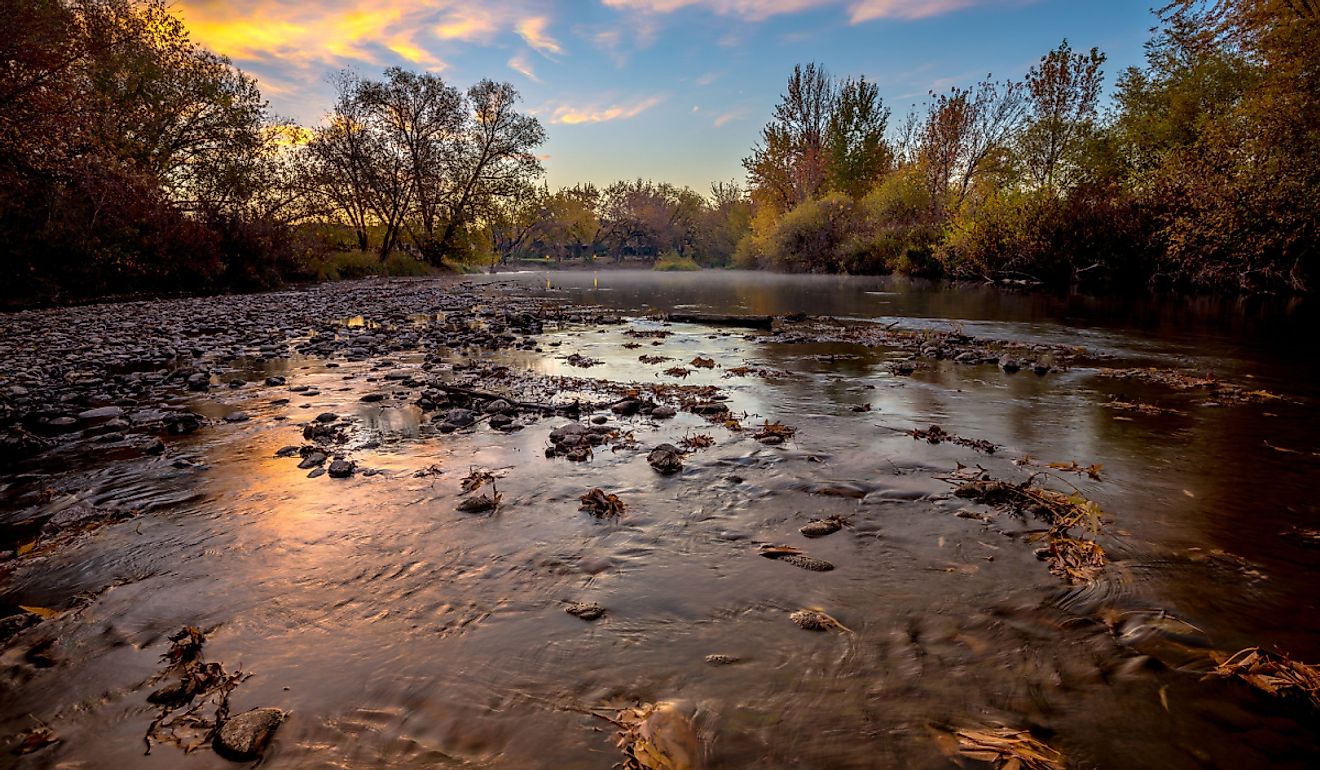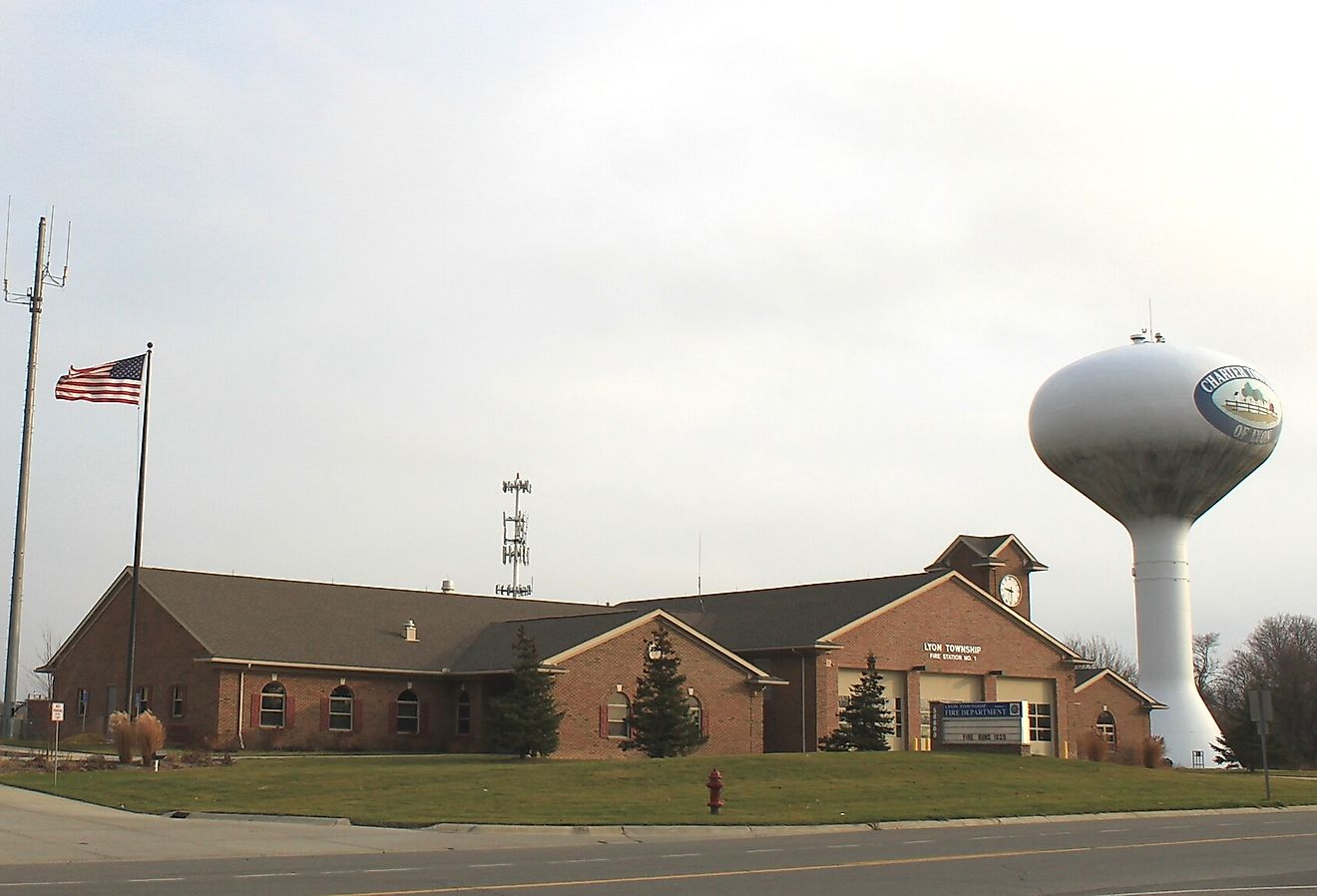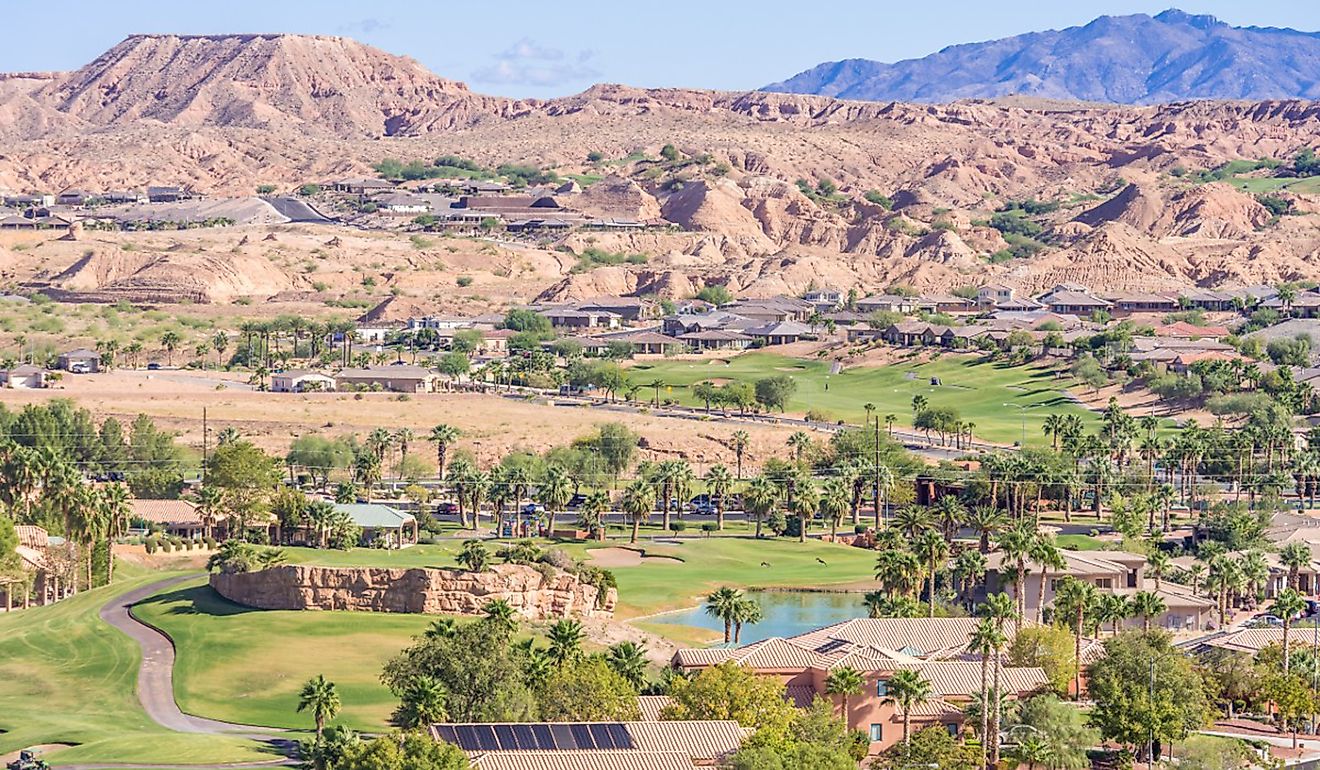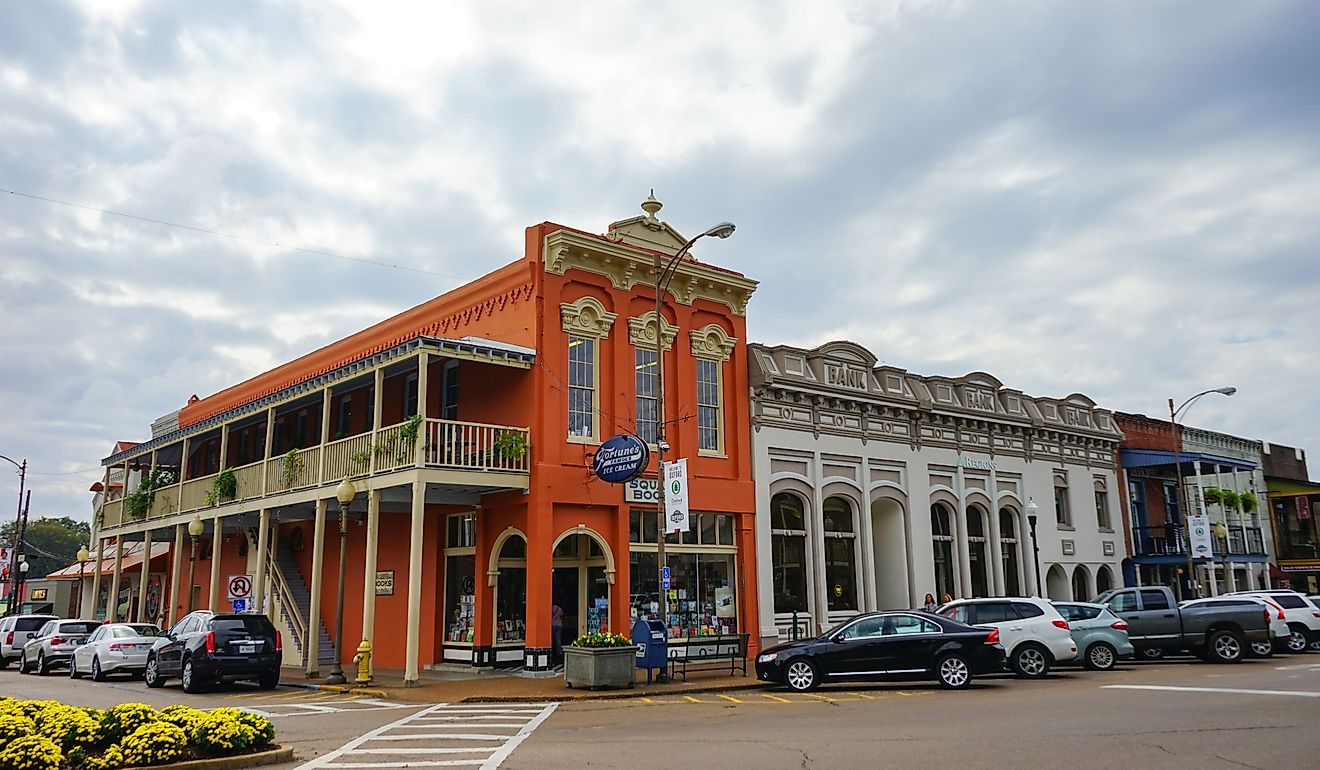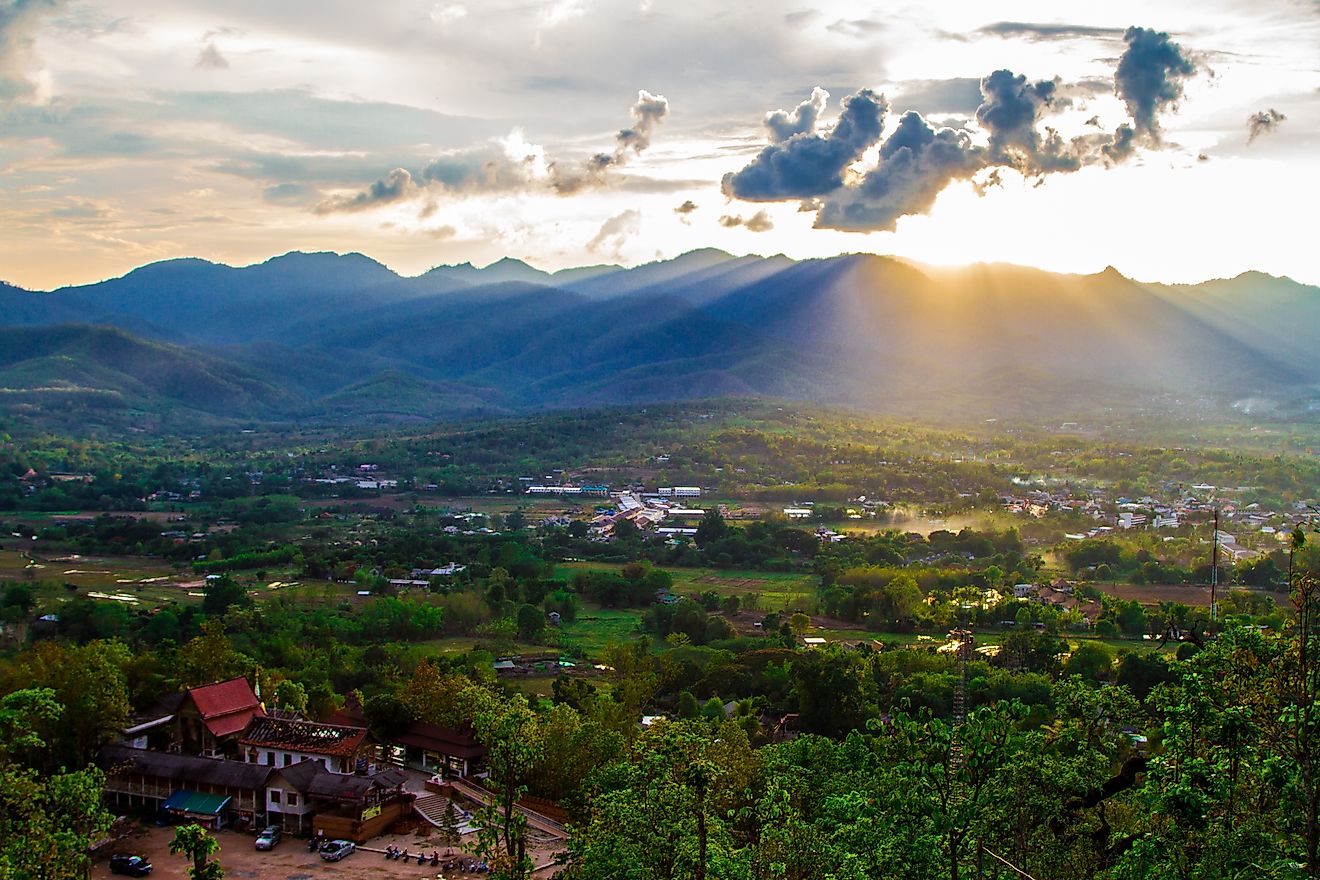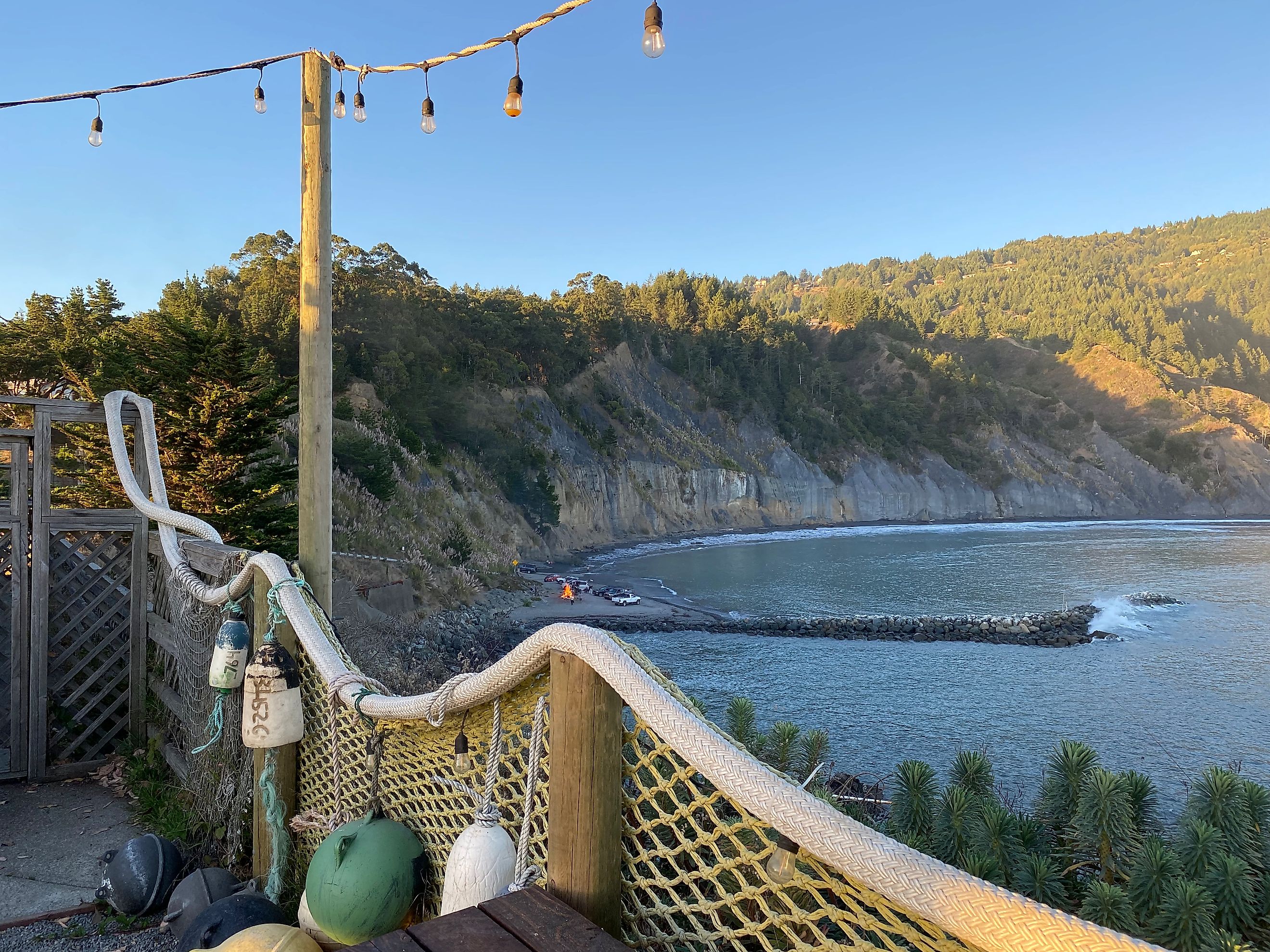
The Lost Coast's Idyllic Shelter Cove in California
We sat parked on a small roadside turnout on the way up a never-ending mountain road. Our target destination: Shelter Cove, California. Our vehicle: overloaded, overheated and sorely outmatched by the King Range (another case of the unexpected tribulations of van life). A local man pulled in to ask if we needed help. All we wanted to know was how many more miles of up there were before the descent into the off-the-beaten-path community. He looked at our meek steed and winced: You've got a few more switchbacks, then one really steep climb, and then you're straight down to the ocean. I pried further: Is it worth it? The man smiled this time. It's paradise.
The Journey
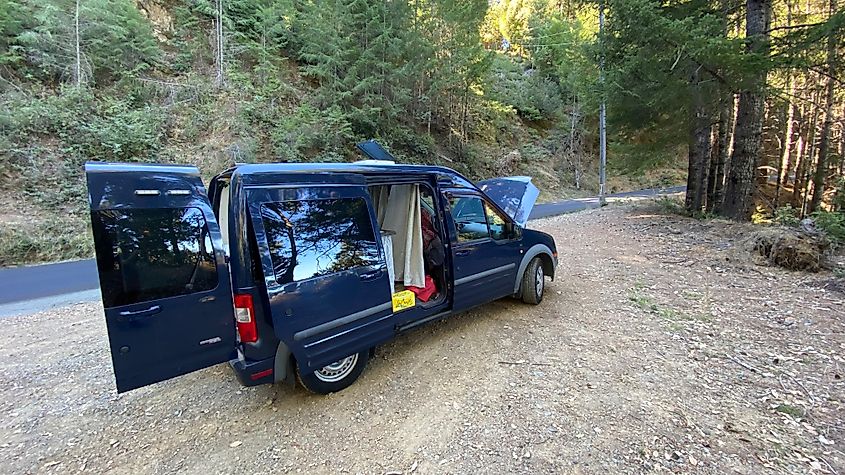
There's one road into Shelter Cove, and there's one road out. Punch it into Google, and you'll see that this part of the aptly-named Lost Coast is about 25 miles west of Garberville - a Northern California highway town about 200 miles up the coast from San Francisco. But hear me now, this ain't no ricketty hippie-bus road trip. You will need a stalwart engine, street-legal breaks, and a steely-nerved driver.
Briceland Road starts off in a stimulating but manageable way, with its dual lanes zigging and zagging through a redwood forest, but just when you think you're nearing the water, the climbing begins. It's amazing how long a mile can last on a tertiary road compared to the highway. Every inch of altitude has to be earned and subsequently punished on the even-steeper descent. Yes, at the risk of sounding melodramatic, I will admit that our hackneyed camper van had no business making the trip and that a hardy pickup truck would make quick work of it (after all, the locals and summer vacationers make this voyage on a regular basis). But with that said, Irina and I had to wait an hour for our engine to cool off, and as I sit here writing this in Gyppo Ale Mill (i.e. the most remote brewery in California), we're not entirely sure that we'll make it back up the other side (so if you don't see anything else published from me in the coming weeks, send a helicopter).
The Pitch
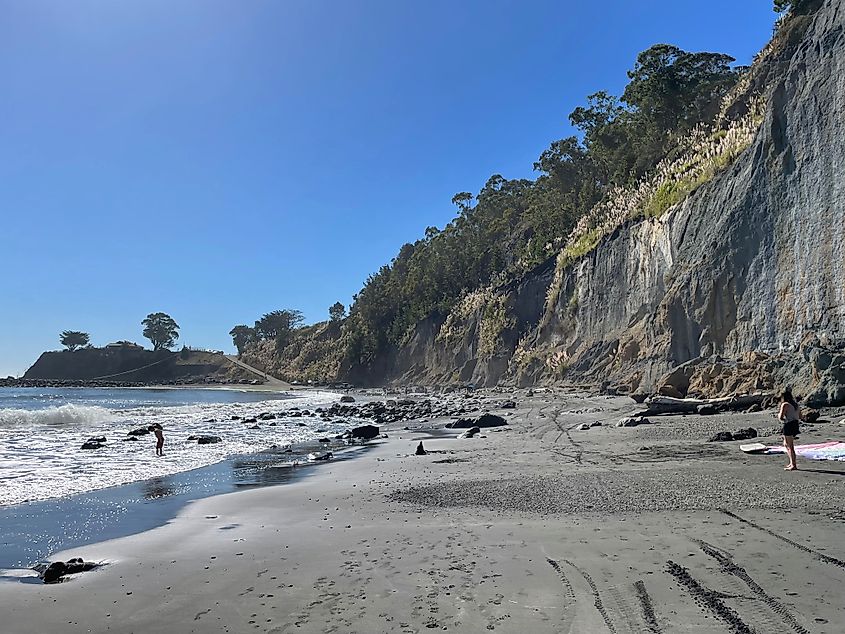
With all that said, do not resign to keep Shelter Cove at bay. For once the toasted brake fumes dissipate, the salty scent of the ocean, dramatic shoreline views, isolated setting and friendly, perma-stoned demeanor of the 800 or so residents casts its spell.
It doesn't take long to get acquainted with Shelter Cove. You'll either roll into your open-air site at the RV Campground or check into one of the classy seaside inns. From there, it's just a matter of walking up or down the shoreline on streets with names like: Surf, Seal, Wave, and Neptune.
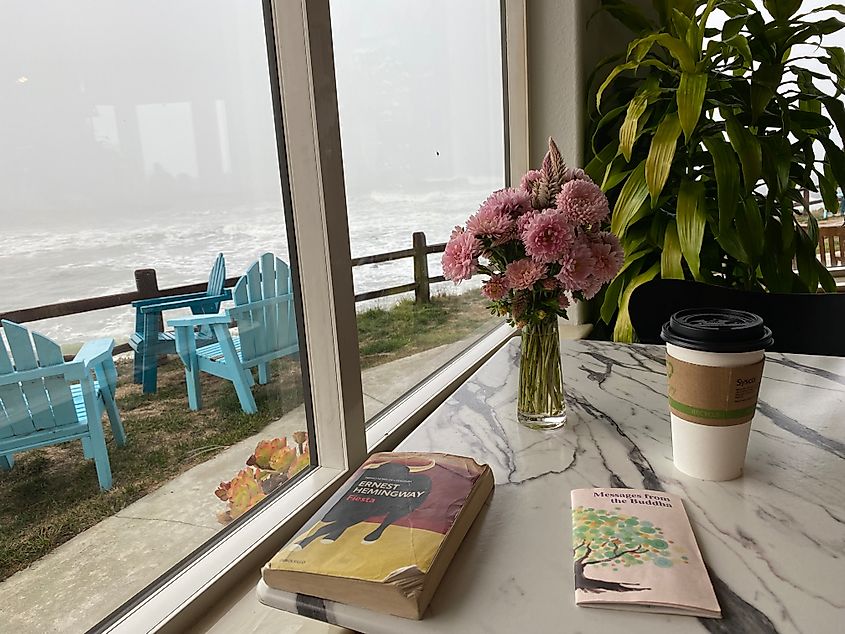
Head south(ish) and you'll find Mario's Marina Bar, with its budding comedy scene and jaw-dropping views of the titular cove (which is walkable at low tide), the Cape Mendocino Lighthouse (which overlooks the band of arfing sea lions), or Surf Point Coffee House (which sits cozily above the frigid, pounding waves of the North Pacific). Head north(ish) along the quiet residential strip, municipal airport/public walkway (just watch for the occasional propeller plane coming to and fro), or flat fairways of the pitch n' putt and you'll run into a small cluster of waterfront restaurants before reaching Black Sands Beach and other natural attractions of the King Range National Conservation Area. Oh, and don't forget the aforementioned Gyppo Ale Mill, which sits between the campground and library.
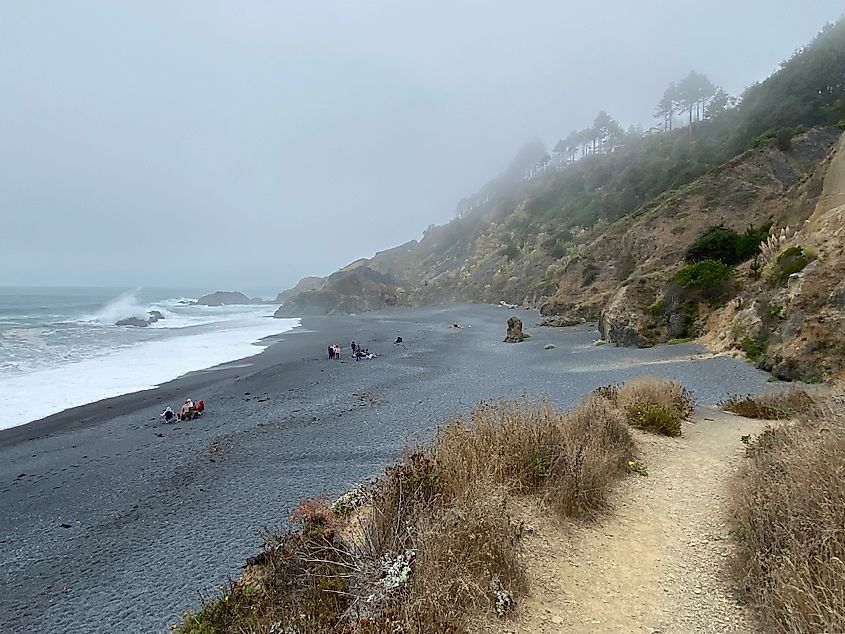
Everything in Shelter Cove is walkable, and every climate condition is amenable. The sun promotes zest, the fog: curiosity. By day, the wind and waves invigorate; by night, the stars tease infinity through swift-moving clouds. I quickly established a routine of scenic caffeine in the morning and evening libations accompanied by live performances. In between, I simply observed the rhythms of the wildlife, tide, and community while exploring new sections of the timeless nature scape.
If you like to golf, go for it. If you know how to surf, even better. There doesn't seem to be a wrong way to enjoy Shelter Cove; just settle in, accept the change of pace (and sparse cell service), and embrace novel experiences.
A Brief History
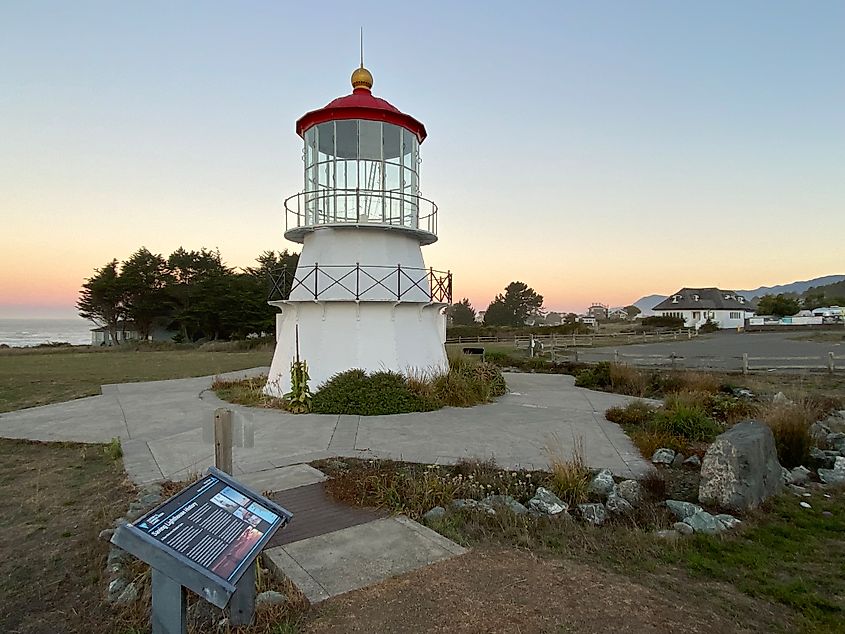
So, what led people to this geographically isolated place? And where is Shelter Cove heading? Well, for thousands of years, the Sinkyone people gravitated to these hills for hunting and to the rocky, tidepool-dotted shoreline for fishing and gathering marine salt for trading with the inland tribes. Then, during the early days of Old World meeting New, northbound Spanish explorers restocked their freshwater stores from nearby springs while southbound Russian expeditions hunted otters along this stretch of the coast.
When European Americans came to settle the furthest reaches of the West Coast in the 1850s, many of the Indigenous occupants were killed or forcibly displaced. The new arrivals then set their cattle loose on the verdant grasslands and quickly established a viable shipping industry. The latter was greatly facilitated by the construction of the 960-foot-long pier in 1885.
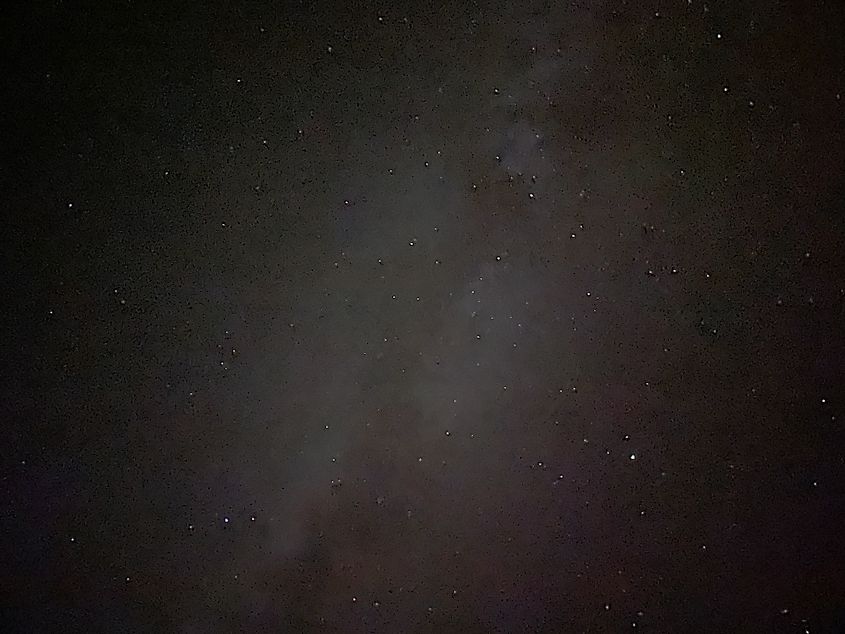
Through the 1880s, Shelter Cove started to catch the eye of more adventurous vacationers from the San Francisco and Humboldt Bay Areas, and modest hotels, campgrounds, and sport fishing outlets happily sprouted to accommodate. Even though there was obvious potential to expand the tourism industry, it wasn't until the 1960s that substantial development plans (i.e., resorts, residences, and golf courses well beyond the pitch n' putt variety) were proposed. However, the establishment of the California Coastal Commission and the King Range National Conservation Area, in conjunction with a tragic plane crash that killed several of the prospective developers, squashed this trajectory.
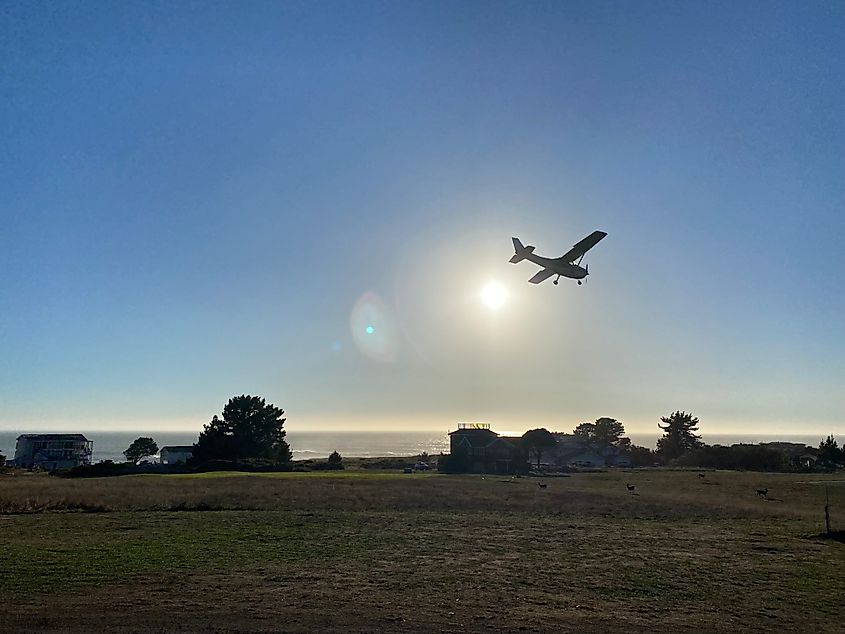
While enjoying the stand-up comedy at Mario's Marina Bar, a bit of banter caught my attention. The comedian remarked how cheap the plots of land here are. Can I seriously buy a seaside lot for 5,000 dollars? To which two local ladies called out in unison: You can't build on them!
Naturally, I had to dig into this a bit further. Yes, there are lots of lots for prices your grandparents would have happily snatched up, but they are either not up to current codes (in fact, many of the existing properties would not pass if the owners tried to build today), or they are logistically untenable. The sole access road is already treacherous enough, let alone the near vertical gravel driveways that shoot up to certain properties, if at all. So even if you and your contractors are bold enough to tackle the terrain, good old-fashioned bureaucracy might still stand in your way. Buyer beware!
Drop Anchor
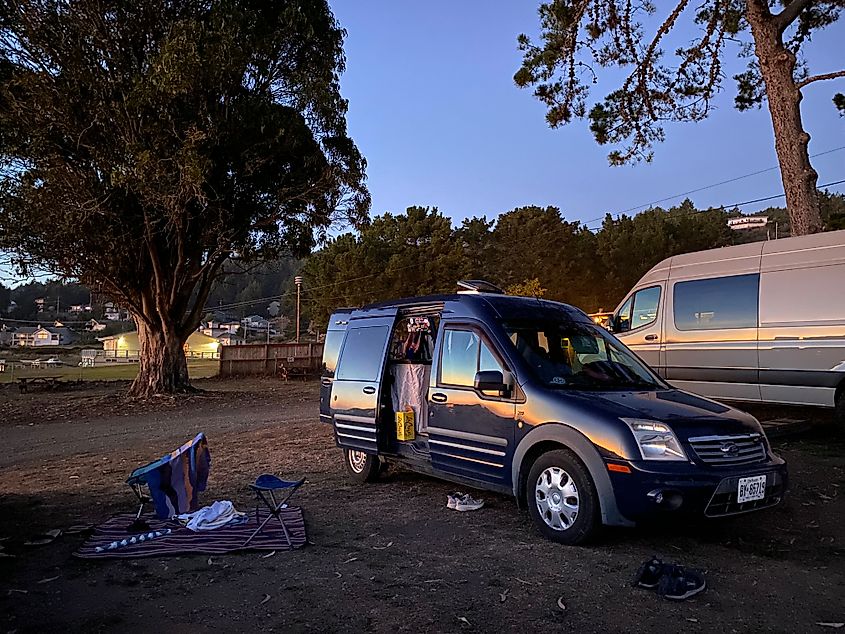
These days, Shelter Cove seems perfectly content with its modest but sustainable base of permanent residents, in partnership with seasonal visitors of the RV, surf, hike, fish, and eco-tourism variety. So as for the question of where things are heading? They are likely to remain fixed in place for years to come - a rare phenomenon in this world. If you want to get in on the action (or lack thereof), then get those brakes tuned up, bring a good book, and go find your slice of paradise on California's Lost Coast.
